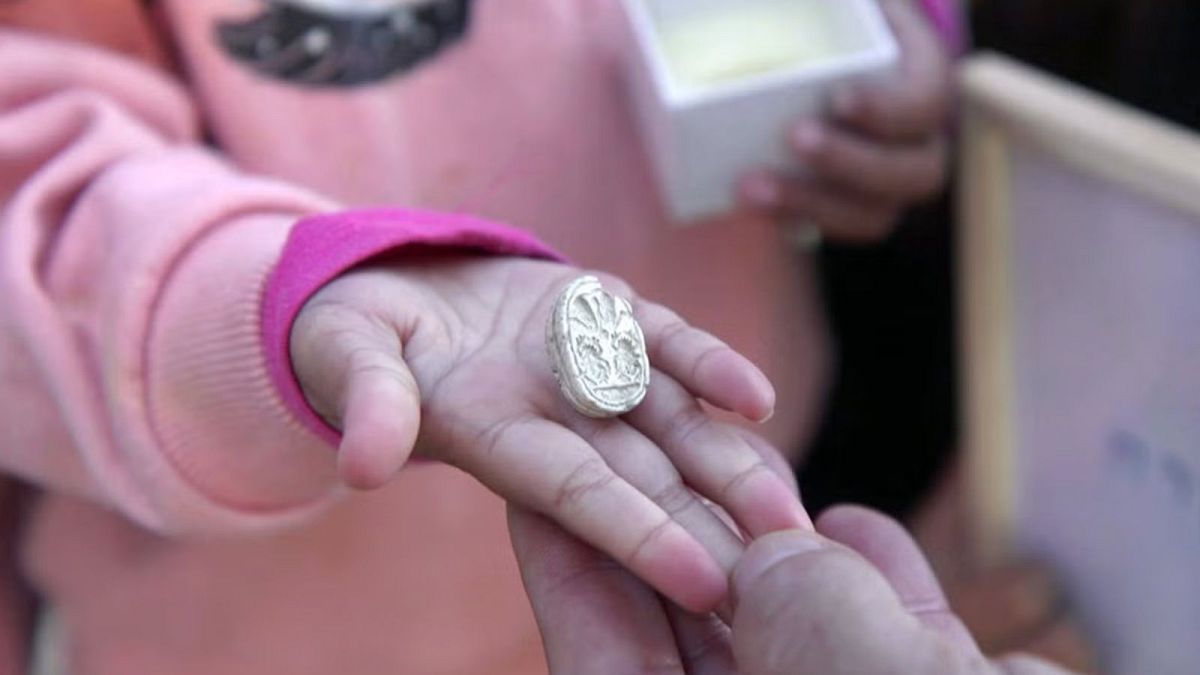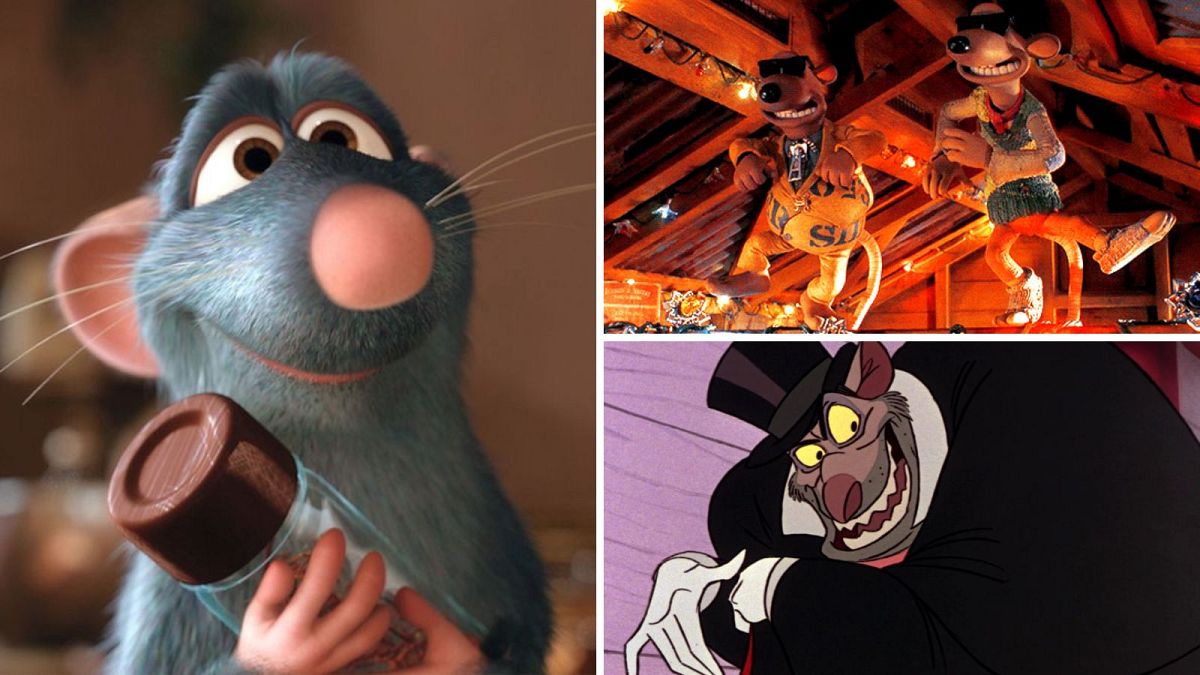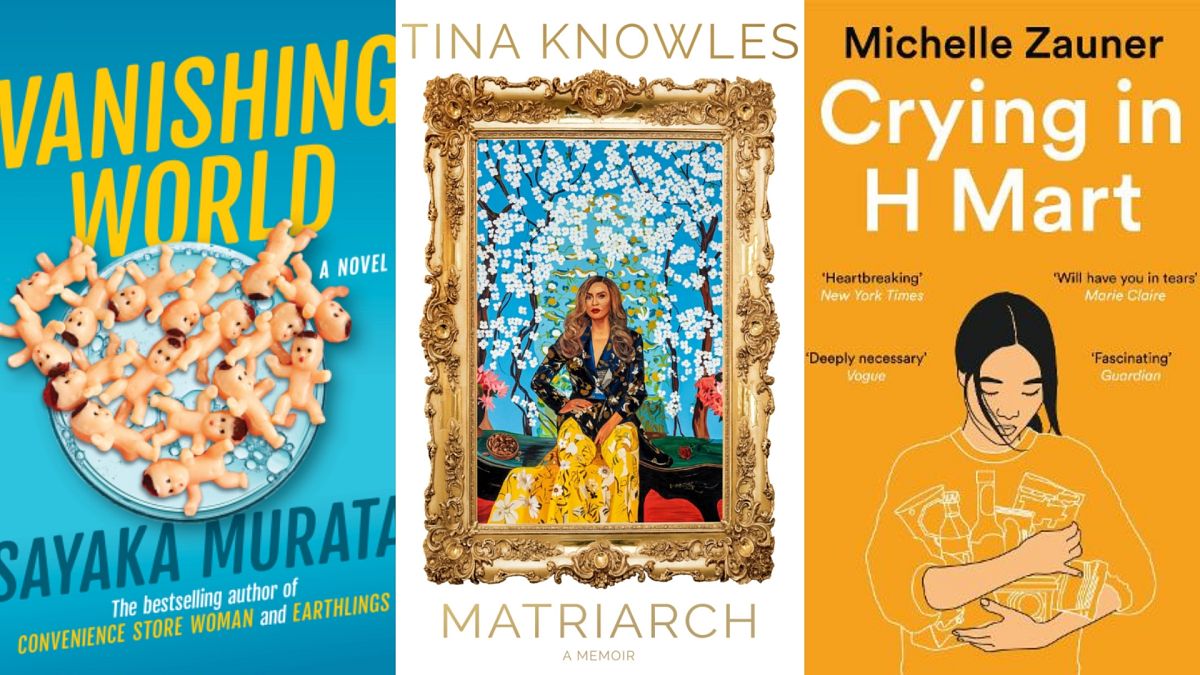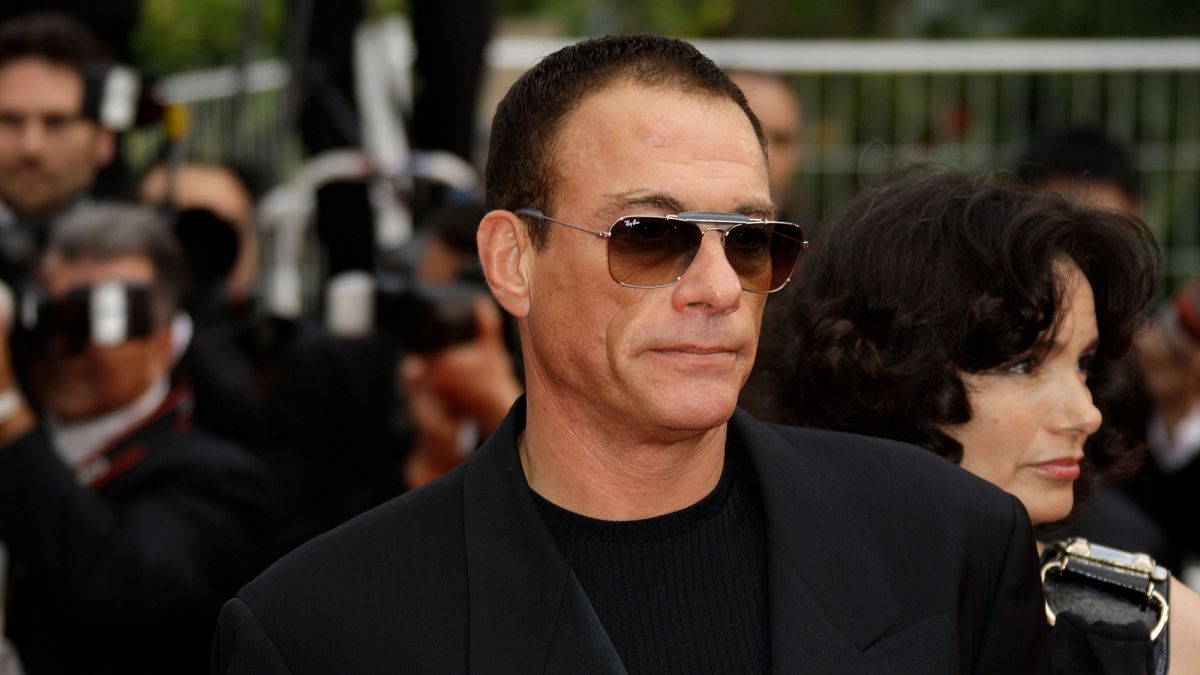Barcelona's Prohibited Art Museum is hosting a debate that aims to examine the roots of graffiti and its path to being widely hailed now as one of the world's most important art forms.
It has been said that graffiti is the biggest art movement since the Renaissance.
Most children will know the works of Banksy, but will they be so well acquainted with the masterpieces of Caravaggio?
Young or old may have tried their hand at spraying a wall with a paint gun, but are they so keen to take out the paint and easel?
Perhaps it is the fact graffiti is banned in many places that adds to its allure, particularly for young people.
Now, the Canadian artist Louis Pierre Boivin has pinpointed how the influence of graffiti has penetrated the world of art in subtle but influential ways.
Christening this 'trasgraffiti', Boivin says it is separate from the huge impact artists like Banksy have had on the cultural landscape. Instead, what he is keen to highlight is the ways graffiti techniques are now used in other methods of art and beyond.
“It is the integration of graffiti into contemporary art practices in a very subtle way. It is different to urban art,” he says.
“Urban art, like pieces by Banksy or other artists, would be painting something on a wall then doing something which is exactly the same in a gallery.”
Boivin, 40, who is from Quebec in Canada but lives in Barcelona, will take part in a debate on trasgraffiti at the Museu Art Prohibit in Barcelona on October 30th to discuss this new concept with artists from around the world.
Among the other artists present will be Martí Sawe from Spain, Alsino Skowronnek from Germany, the French artist Bertrand Main, and Marc Mascort Boix, a Spanish cultural curator.
Urban art backlash
Banksy is perhaps the world’s most famous graffiti artist. His identity remains a mystery but his works fetch millions in auctions and he has popularised the urban art world as it is today.
However, Boivin believes that a negative attitude towards urban art still persists.
“There is a reaction against urban art which is seen as a kind of low class of art,” he says.
“Trasgraffiti is a more subtle use of graffiti practices into art. Artists might use tags or works which look like they have been made with spray paint. It proves that graffiti has a really huge impact on the world in general but especially on the world of art.
“Where trasgraffiti comes from is a sub-culture with different values. Slowly people are integrating aspects of graffiti into their art. This has been going on for ages but now globally in art lots of things come from graffiti.
“What is important is valuing the impact. Graffiti has had a lot of impact in the world of fashion, art, and design. It is part of the landscape of the city.”
He believes that the way graffiti is perceived in cities and countries says much about the cultural life of metropolitan areas.
“Barcelona has graffiti tourists and people who come to watch them doing graffiti,” he added, saying this proved the Spanish city has a vibrant cultural life.
“It has been dynamic since the 1990s. There is a lot of street art. Museums like the Moco present graffiti.”
Picasso, Miro and Dalí, who all lived in Barcelona, have given the city an artistic legacy.
Boivin, who coined the word trasgraffiti , said it came partly from the Spanish word tras meaning through. So, it means ‘art through graffiti’.
He points to the example of Jason Revok, an American artist who uses graffiti symbols from the 1970s in his creations, and spray paint in minimalist art to give the impression of a graffiti.
British anthropologist and author Rafael Schacter recently touched on the impact of graffiti, calling it ephemeral art. In a column for The Guardian, he questioned why only images with financial value – art or advertisements – are considered an acceptable part of how cities look.
“Graffiti writers are still being imprisoned in the UK for placing pigment on a surface (and almost always a public rather than a private surface), while street artists like Banksy get away with the same acts owing to parochial decisions about what constitutes art,” Schacter wrote.
Boivin now hopes to mount an exhibition about trasgraffiti at The Museum Art Prohibit - a “perfect” location due to being dedicated to forbidden art, something which graffiti has long been.
Indeed, some still regard graffiti as little more than urban vandalism. Why care about this art form?
“This is to understand the influence that graffiti has on our world. It has bad sides, and it has good sides. It is important for institutions, especially city councils, to understand its importance in our society because it is a culture which has been there for fifty years and it is not going to go away,” Boivin says.
Artist Marc Mascort Boix also believes that labelling trasgraffiti helps more people to understand its importance.
“Giving something a name helps. People said ‘that’s Impressionism' or ‘that’s Cubism’. There is a need to have a concept so you can start spreading the word,” he says.
“Lady Pink (a graffiti artist from New York) said graffiti is the most important art movement since the Renaissance. It is a movement which involves more people at the same time. On one hand it is the culture of our age. My daughter knows about Banksy but she does not know about Caravaggio,” Mascort Boix continues.
Boivin adds: “It is incredible the pleasure that graffiti gives you, picking up the spray can. It is such an in-your-face thing. You cannot deny its existence.”

 5 months ago
43
5 months ago
43






 We deliver critical software at unparalleled value and speed to help your business thrive
We deliver critical software at unparalleled value and speed to help your business thrive






 English (US) ·
English (US) ·